NASA Astronomy Picture of the Day 26 April 2023: Full Moon shot through Arc de Triomphe
Today’s NASA Astronomy Picture of the Day is a fascinating snapshot of the full Moon through the Arc de Triomphe in Paris, France.
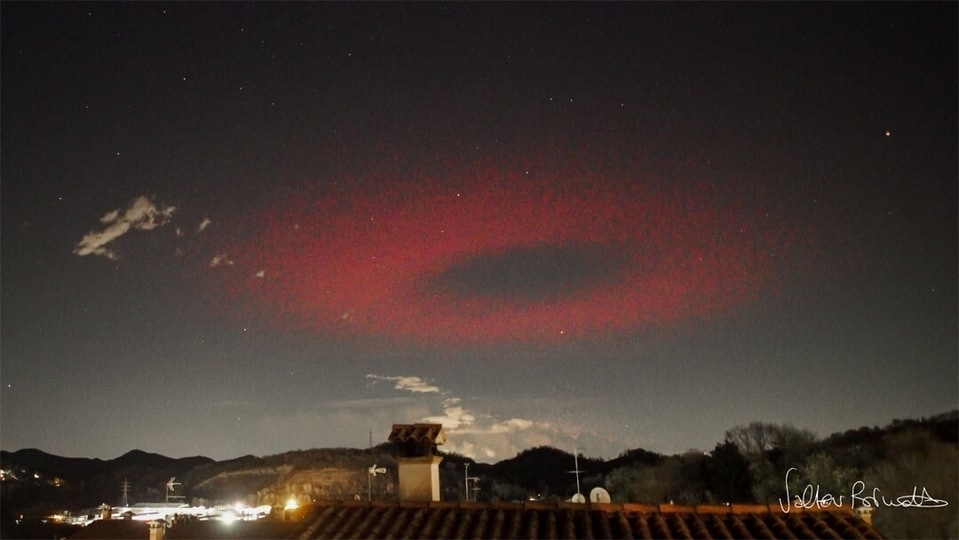
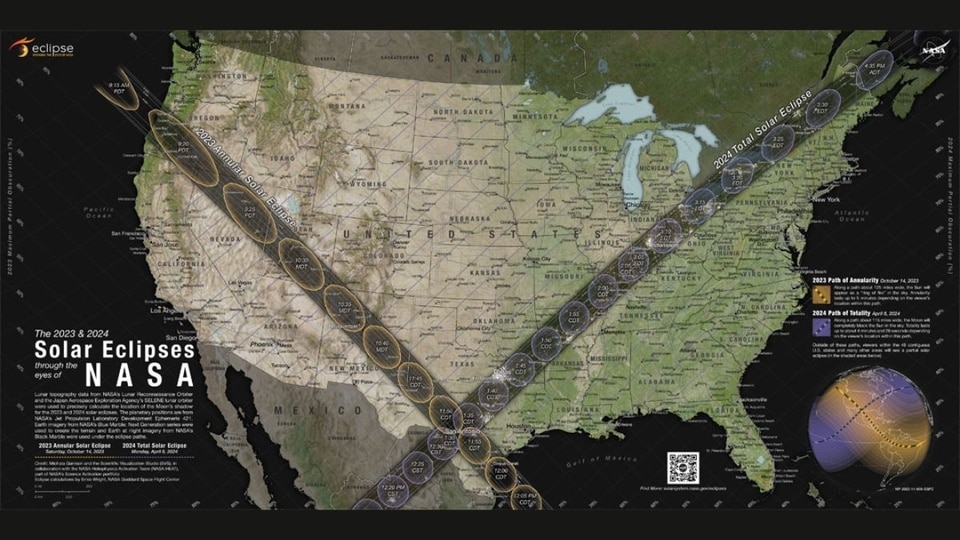
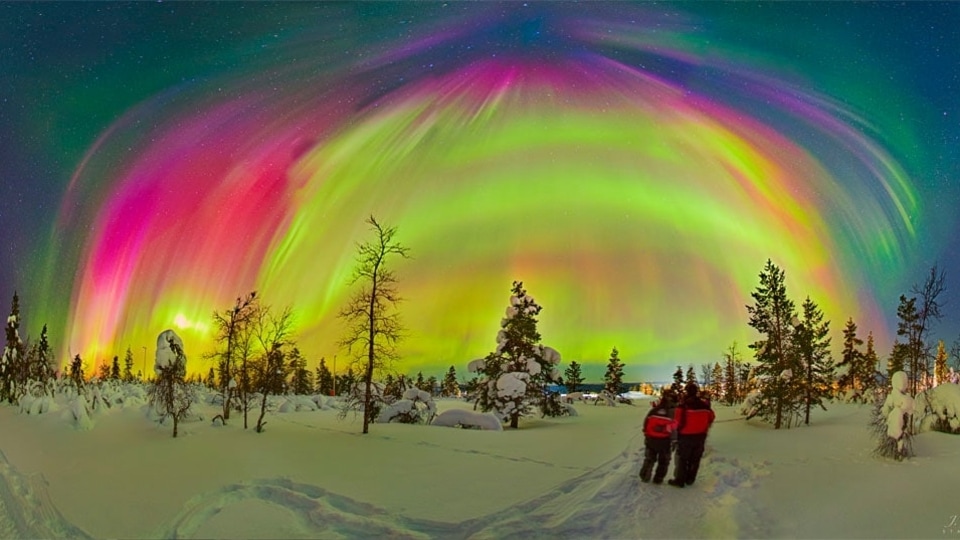
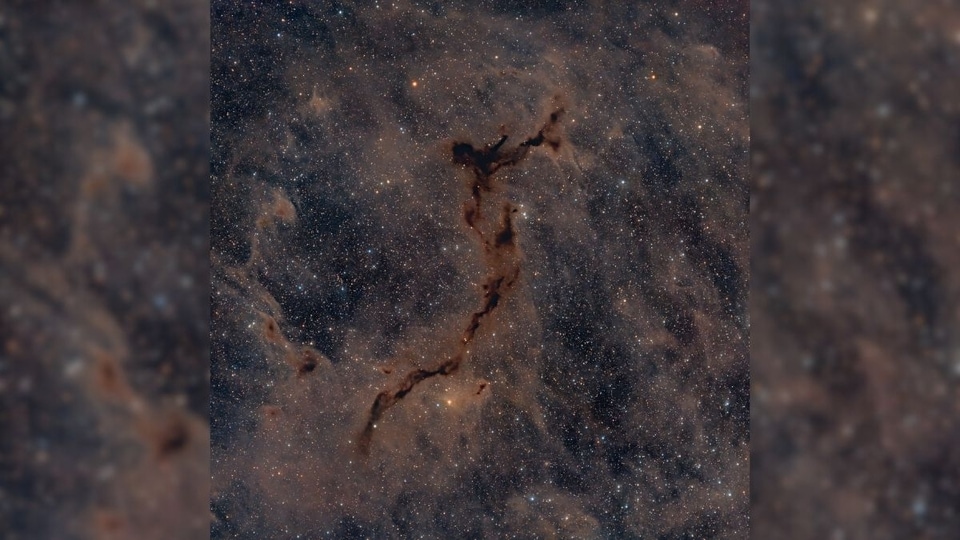
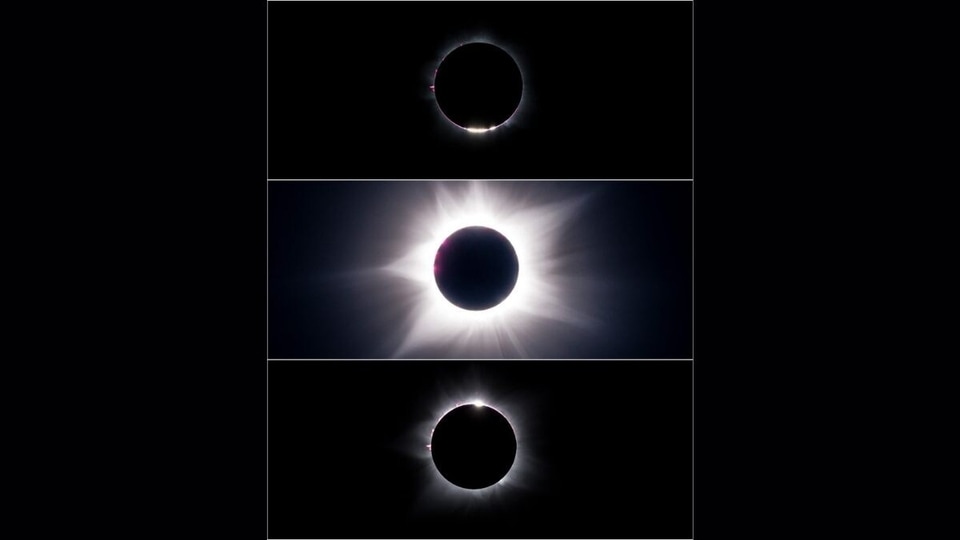
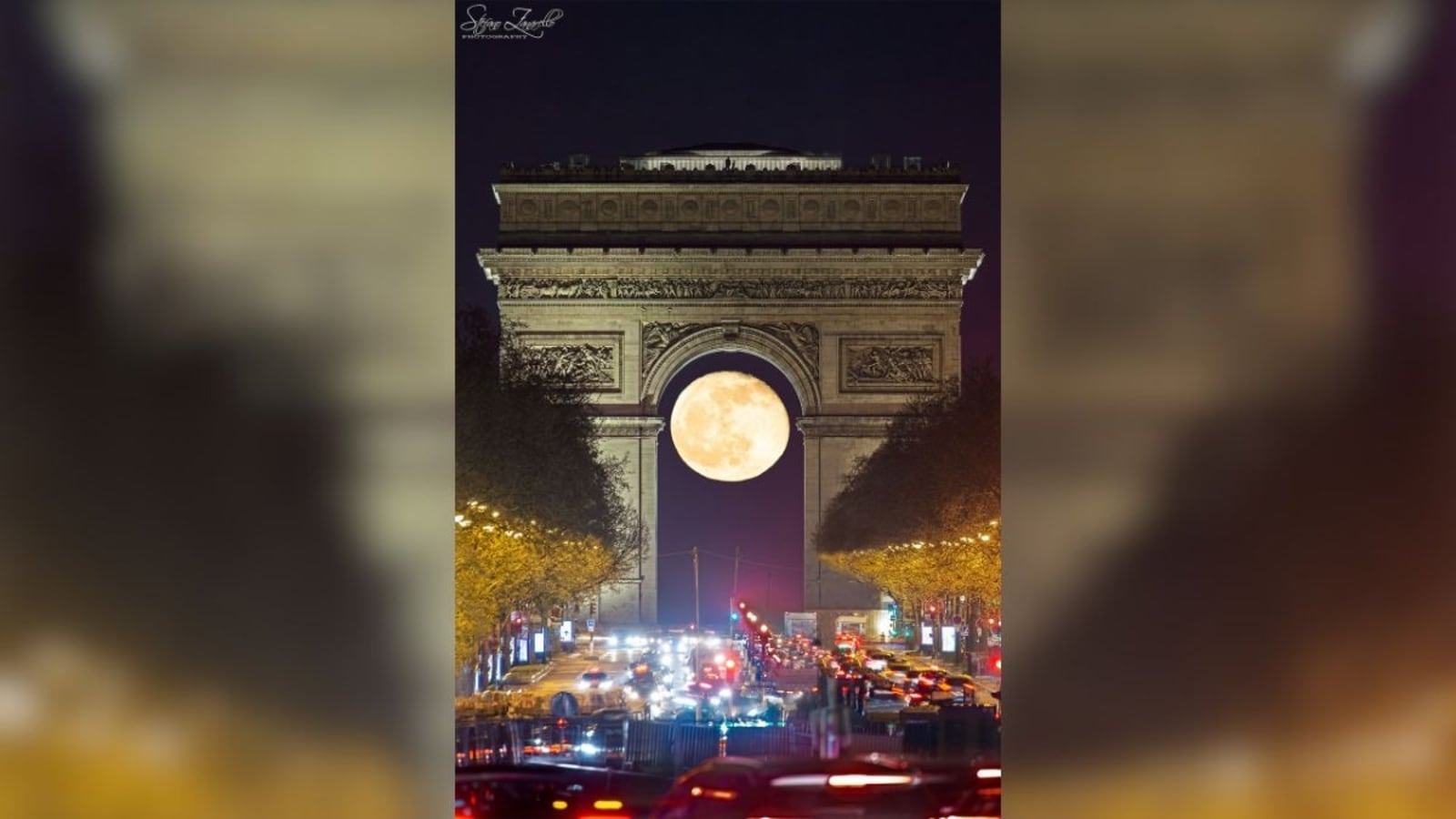
 View all Images
View all ImagesThe Moon remains the only celestial body beyond Earth that humans have visited to date. But how did it form? Scientists believe that the Moon formed approximately 4.5 billion years ago, shortly after the solar system took shape. NASA suggests that a massive object called Theia, about the size of Mars, collided with Earth at this time, resulting in the formation of the Moon, which is also known as Earth's natural satellite.
Today's NASA Astronomy Picture of the Day is a fascinating snapshot of the full Moon through the Arc de Triomphe in Paris, France. The amount of Moon we see changes over the month, which is known as Lunar phases, and there are 8 in total - New Moon, waxing crescent, first quarter, waxing gibbous, full Moon, waning gibbous, third quarter and waning crescent Moon. It has long been a central focus of Earth-related studies, playing a significant role in a range of phenomena, such as tides. Whether for religious, cultural, or purely scientific reasons, the full Moon holds great importance for many people.
The picture was captured by astrophotographer Stefano Zanarello. Getting a shot of the full Moon through the Arc de Triomphe is an extremely difficult task as it only appears through the Arc for a short period of time. Therefore, it requires the knowledge of the right distance and timing to capture the perfect shot.
NASA's description of the picture
Was this a lucky shot? Although many amazing photographs are taken by someone who just happened to be in the right place at the right time, this image took skill and careful planning. First was the angular scale: if you shoot too close to the famous Arc de Triomphe in Paris, France, the full moon will appear too small. Conversely, if you shoot from too far away, the moon will appear too large and not fit inside the Arc. Second is timing: the Moon only appears centered inside the Arc for small periods of time -- from this distance less than a minute.
Other planned features include lighting, relative brightness, height, capturing a good foreground, and digital processing. And yes, there is some luck involved -- for example, the sky must be clear. This time, the planning was successful, bringing two of humanity's most famous icons photographically together for all to enjoy.
Catch all the Latest Tech News, Mobile News, Laptop News, Gaming news, Wearables News , How To News, also keep up with us on Whatsapp channel,Twitter, Facebook, Google News, and Instagram. For our latest videos, subscribe to our YouTube channel.





























